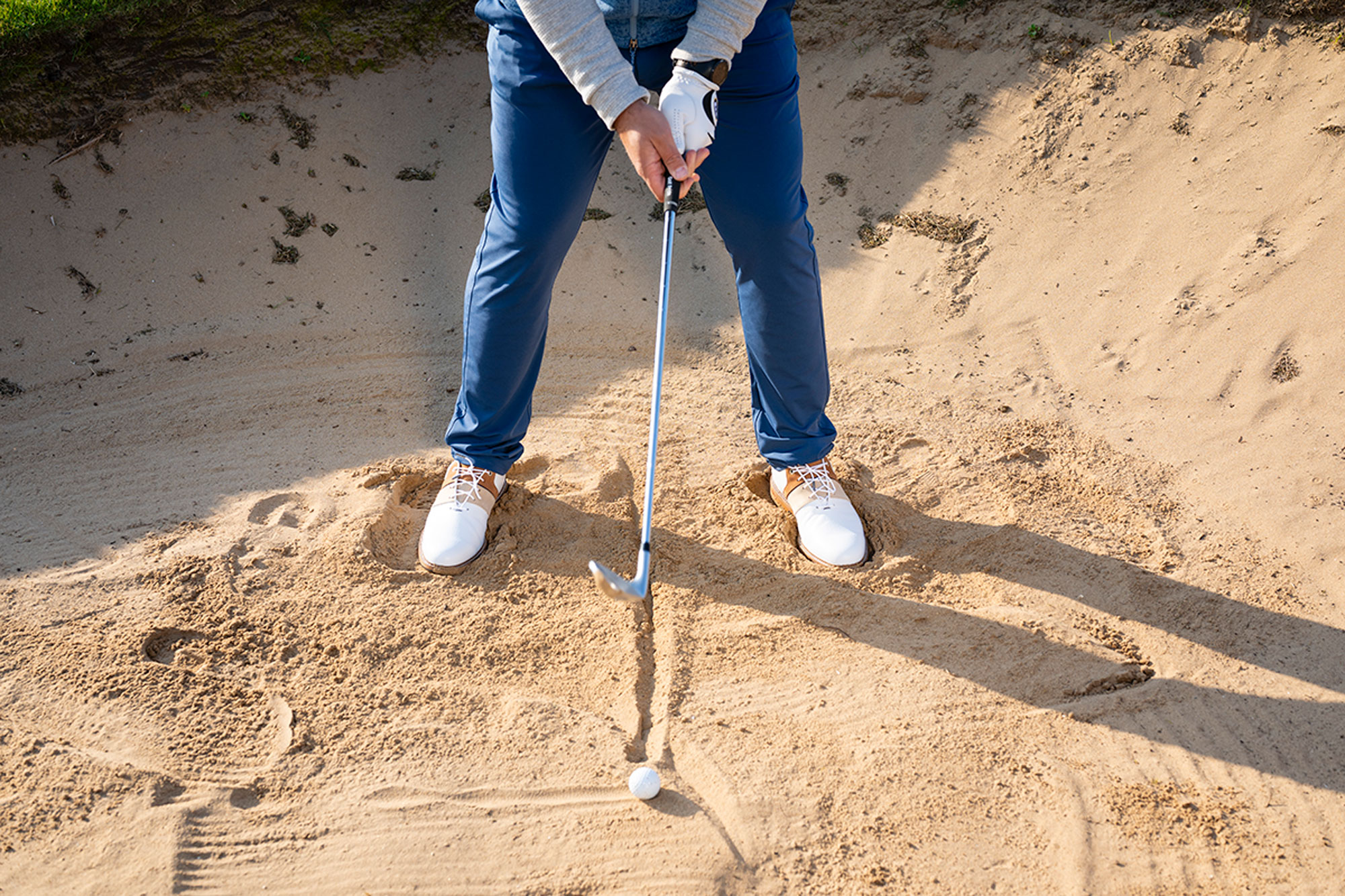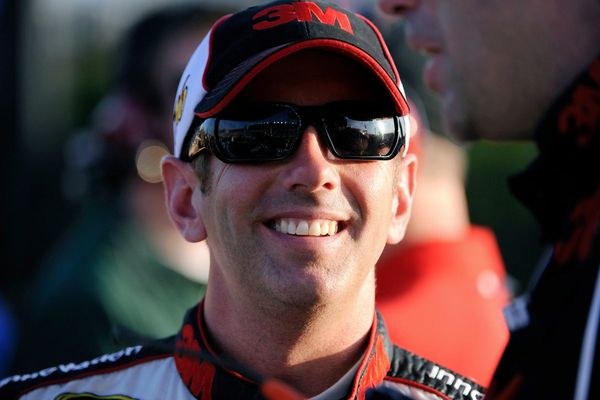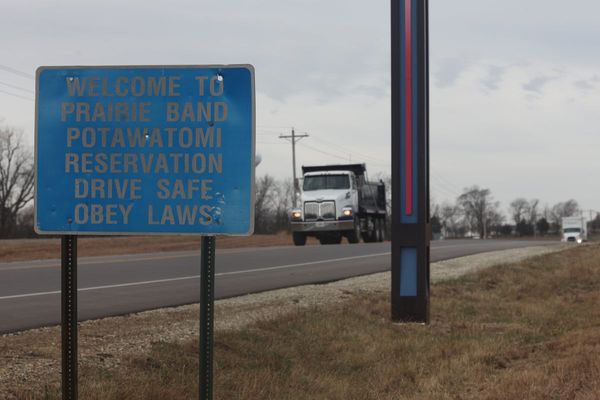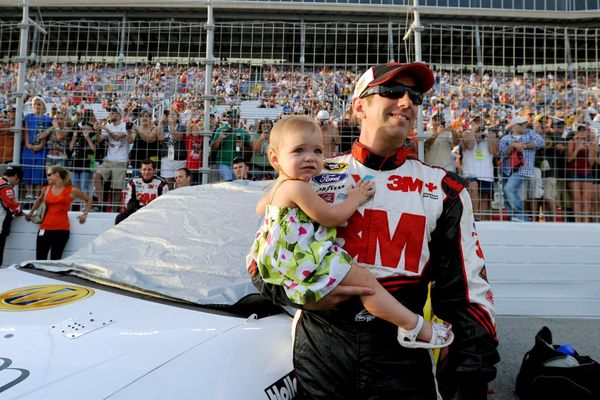
Seeing a golf ball nestled in a fairway bunker is enough to send some golfers into a fear-induced frenzy, with the penal sand traps often sapping shots from their scorecard due to one common fault... the setup.
A large part of mastering how to hit out of fairway bunkers comes before you even move the golf club, with the setup arguably being the most crucial component for how to hit a bunker shot.
The latest Shot Scope data paints a bleak picture for amateur golfers in terms of their success when hitting out of a fairway bunker, but we are here to help you defy the odds.
In this article, Golf Monthly Top 50 Coach and PGA professional Peter Finch shares his expert tips on how to make four key fairway bunker setup changes so that you can escape the sand first time (every time)...
Fairway Bunker Setup Changes
Your first priority on any visit to a fairway bunker is to get out with your first shot. There are few things more frustrating than having to hit two, three (or more) shots to escape the sand, but this is the reality for so many amateur golfers.
However, by making a few crucial changes at setup, you can forget all of that and stride into the sand with confidence every single time.
Firstly, choose a club that gives you enough loft to clear the lip but also gives you a decent distance boost. This club might not allow you to reach the green, but sometimes you have to just take your medicine on the golf course.
Being too aggressive could leave you playing again before reaching for the rake, so in the video below you will see that I have opted for an 8-iron to strike that perfect balance.
Having the perfect ball position is also extremely important in a fairway bunker, so take time to ensure you have given this setup fundamental the necessary attention.
For an 8-iron, position the ball in the middle of your stance, and for a longer iron move it slightly further back to ensure a clean ball then sand contact.
An easy way to perfect your ball position is to stand with your feet together in line with the golf ball, then take a small step out with your lead and your trail foot to ensure the ball is nicely centred.
Shuffle your feet into the sand to create a nice stable base, and grip down the club a little to decrease the length of the club and to add some extra control in your swing. This will help to prevent the club from digging into the sand.
In terms of weight distribution, keep around 60 percent of your weight on your lead side throughout the swing, and grip the club firmly.
Implementing these simple adjustments at setup will drastically improve your ability to play fairway bunkers shots, helping you to shoot lower scores and lower your handicap.

How Often Do Amateurs Hit The Green From Fairway Bunkers?
According to the latest Shot Scope data, the chances of the average amateur golfer hitting the green in regulation from a bunker is just 26%.
That's less than half the chance of hitting the green from the rough (55%), highlighting the importance of perfecting your setup and technique when playing these very tricky shots on the golf course.
What is the difference between a fairway bunker and a greenside bunker?
A fairway bunker can be situated at various points between the tee box and the green, and are usually strategically placed as part of the golf course design in order to force golfers into shot shaping or to create a risk-reward aspect to the hole.
A greenside bunker is always situated around the green complex, usually to capture wayward approach shots. The slopes of certain greens can tilt towards greenside bunkers, bringing them into play if a golfer lands the ball on the wrong portion.
The size, shape and depth of a bunker varies from course-to-course and hole-to-hole, requiring a variety of different shots to escape successfully without a big score on the card.
Both greenside and fairway bunkers are designed to test golfers of all abilities, but many amateurs (particularly high-handicappers) struggle to navigate this challenge effectively.







